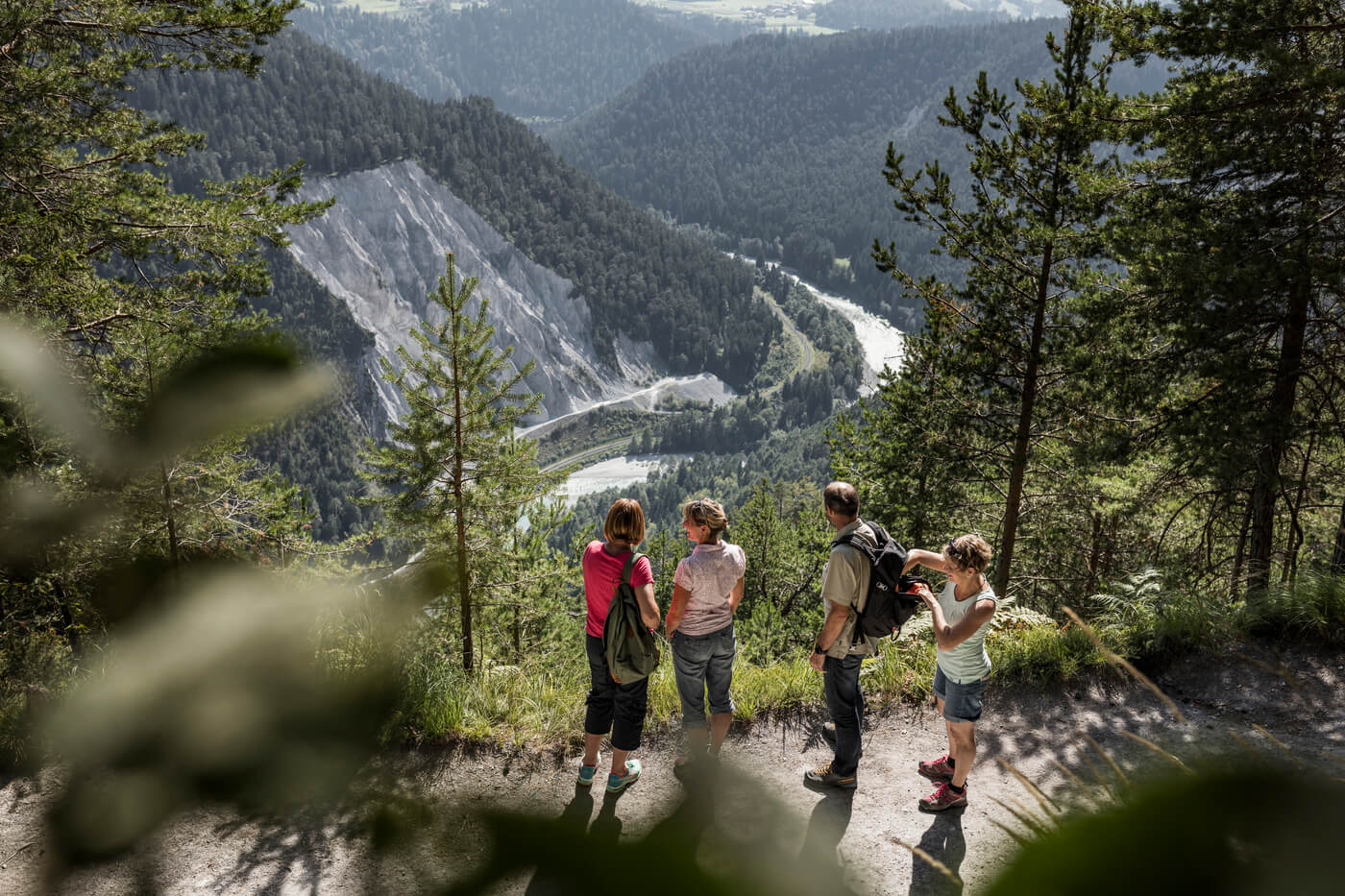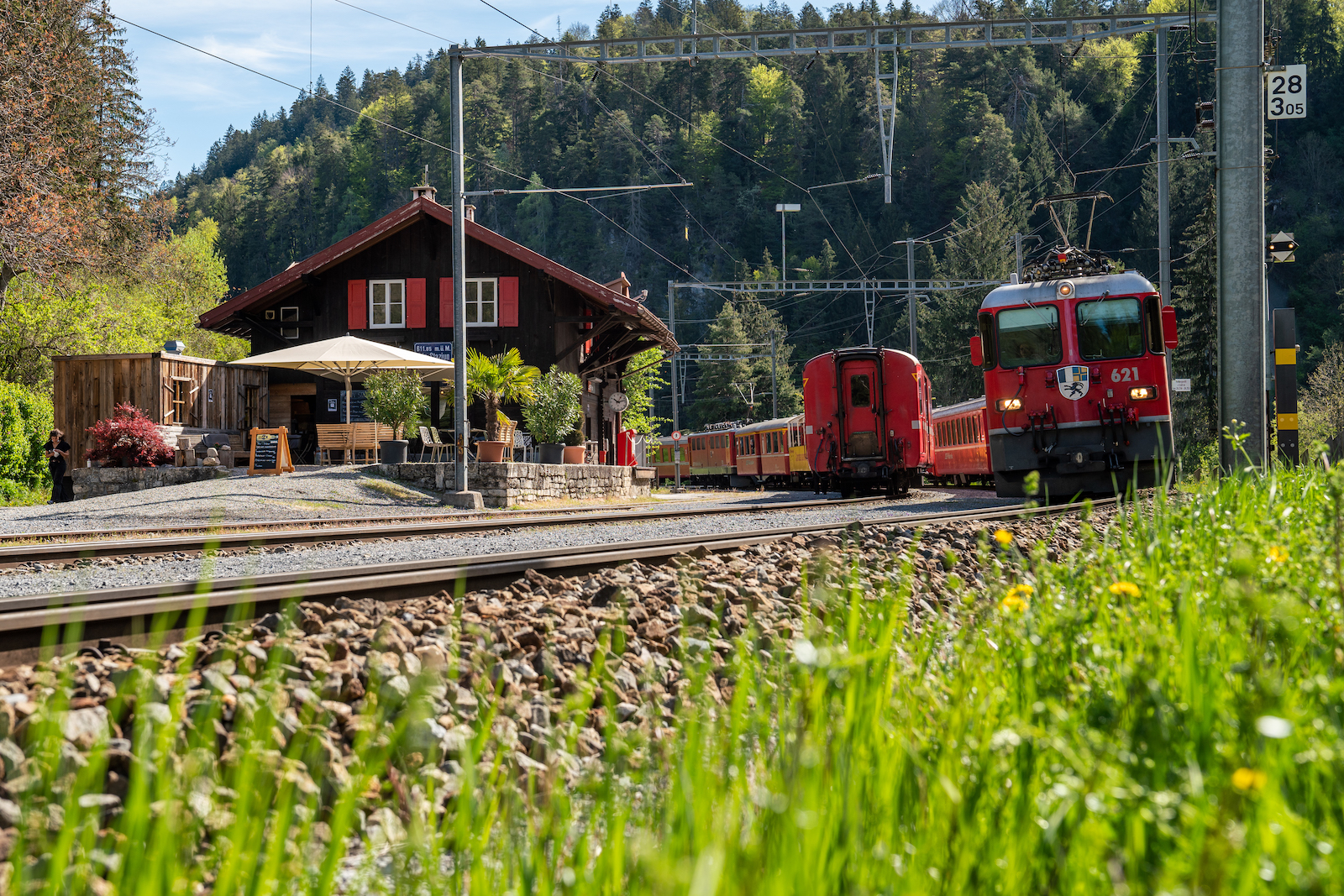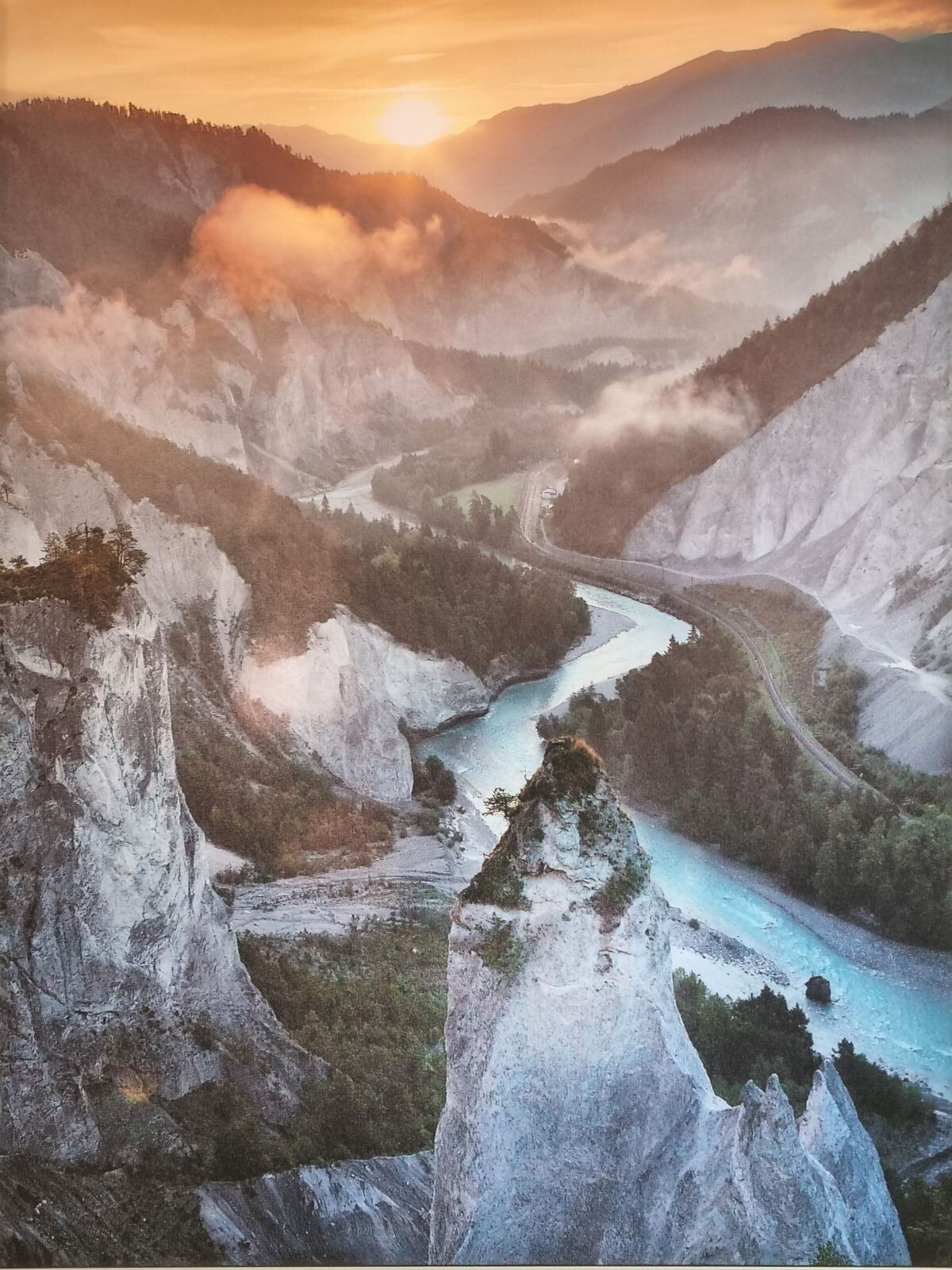Reptiles and amphibians
Terraviva
Referenzen.
Einen Einblick über das Tun und Wirken von Terraviva vermitteln Ihnen die aktuellen und abgeschlossenen Projekte.
Sand Lizard
Sand lizards are one of the largest lizard species throughout Switzerland. During the mating season in spring, male sand lizards have bright green flanks and green legs. The females always have a brown base coloration and sometimes a green-yellowish throat. If they feel at risk, they can shed part of their tail.
European Grass Snake
The nontoxic European grass snake has round pupils and a typical, yellowish-black maculation behind its head. While the male only grow up to 95 cm, the female get up to 130 cm long. Grass snakes have loads of natural enemies, are therefore very skittish, and flee at a minor disturbance. Grass snakes are very good swimmer and if feeling at risk, fleeing into the water and descend.
Alpine Newt
In March, alpine newt arrive in ponds and pools where they mate and oviposit over several weeks. In June, they come back ashore. Its skin changes and loose its shimmering colors. The now unremarkable animals are found under deadwood, planks and rocks before they seek for a shelter in late autumn to hibernate.
European Grass Frog
In contrary what most people assume, the European grass frog is never green. Normally, they are brown or at the most olive. After hibernation, they arrive in the spawning waters in the beginning of March. The male arrive before the female and get together in groups that coo like a choir in the late evening hours.
Common Toad
Common toads are very loyal to their spawning grounds. After their summer habitat, which can be up to 3 km away from the spawning waters, they move a short distance towards the spawning site in the fall so that they only have to cover a little way in the spring. During the migration, the much smaller males jump on the females’ backs and allow themselves to be carried to the spawning site.
Smooth Snake
The smooth snake is our smallest species of snakes (rarely over 70 cm long). The ground color ranges from grey, brown, reddish-brown to clay-yellow, with a varying topside dot pattern. This completely harmless and hidden snake is often like invisible due to its good camouflage, as it usually remains motionless when disturbed. With a bit of luck, it can be seen sunbathing on dry, warm, structurally rich roadsides. Our only constrictor feeds mainly on other reptiles such as lizards, slowworms and even other snakes.





